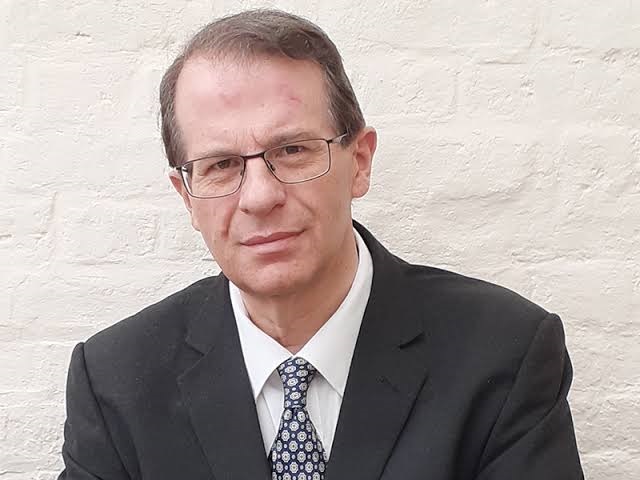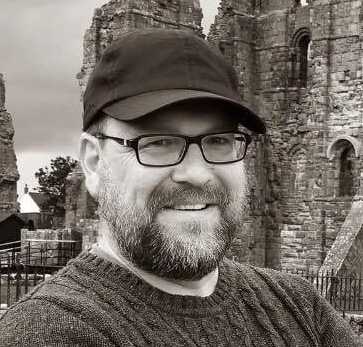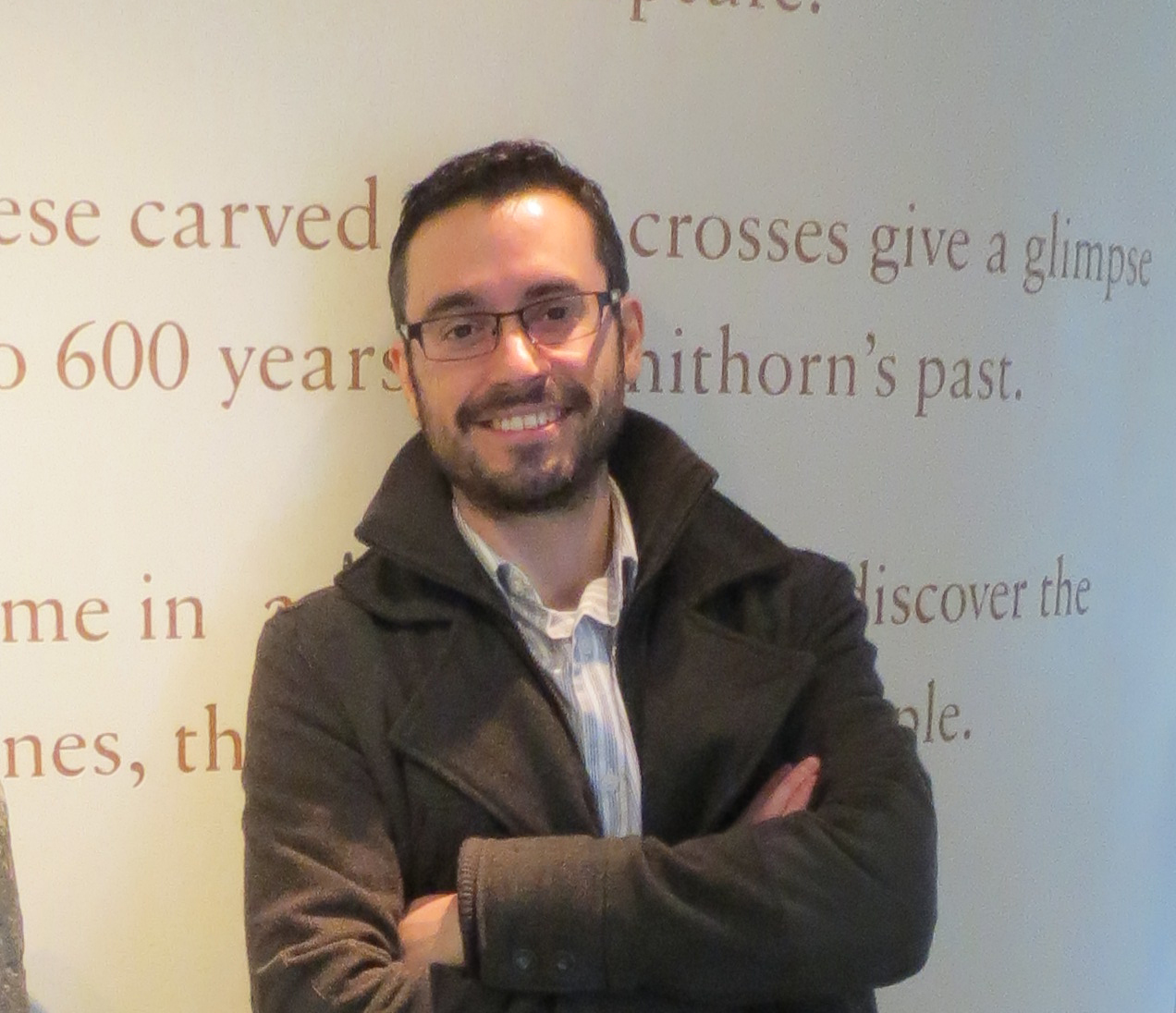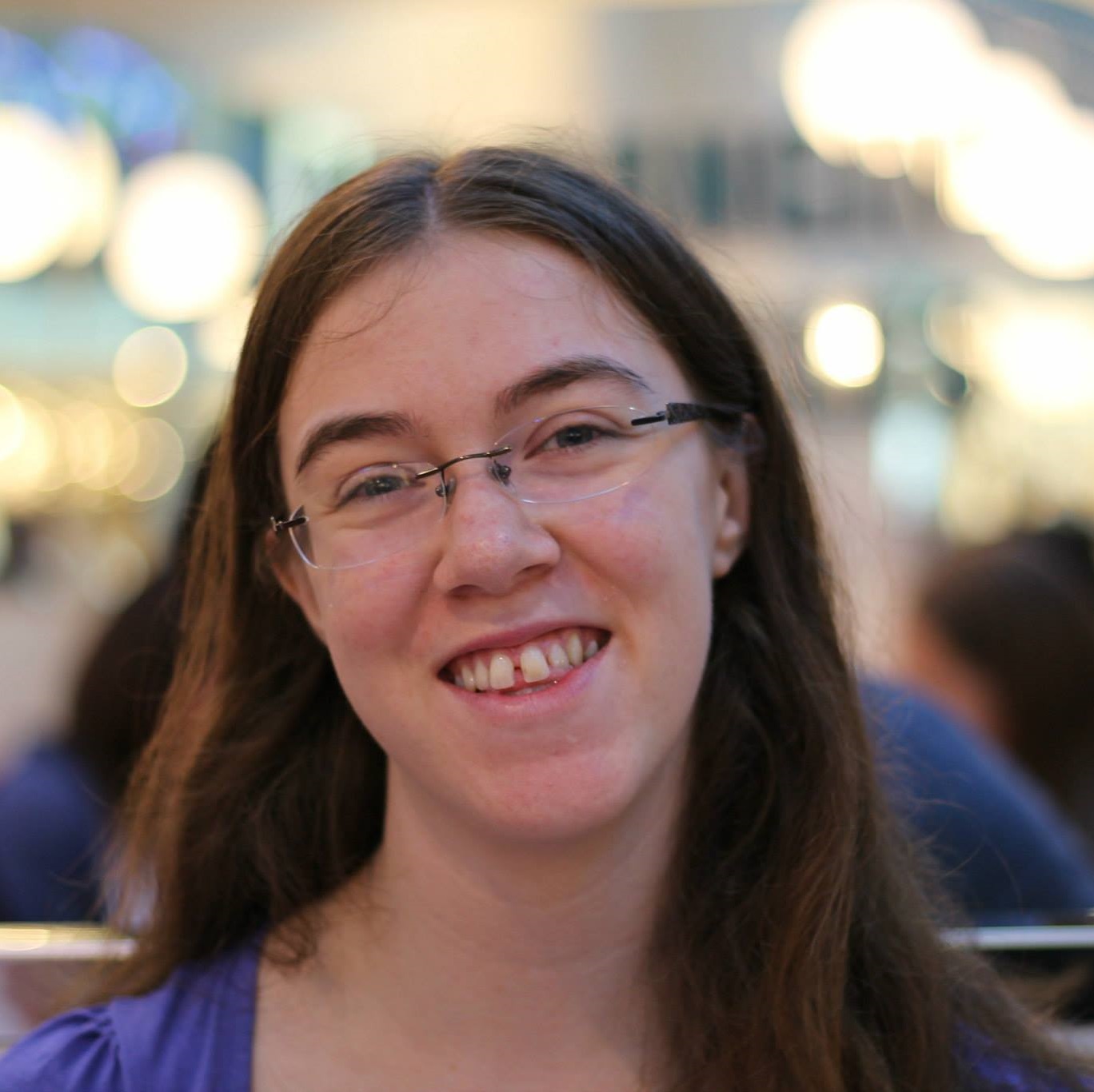10:00 Welcome and Opening Comments
Some words go here about the welcome and opening comments
This is the second Early Christian Archaeology of Britain conference. The first took place at the University of Winchester in 2015 and featured presentations by Professor Ken Dark, Dr. David Petts, Dr. Niall Finneran, Revd. Mark Laynesmith and Nancy Hollinrake. This second conference is planned for Saturday March 4th as an online event, and it is hoped that it will become an annual conference.
The Early Christian Archaeology of Britain conference is organised by Father Peter Farrington, an English priest of the ancient Coptic Orthodox Church, serving in the North-West of England.

Ken Dark studied archaeology at the universities of York and Cambridge and taught in the universities of Oxford and Cambridge before moving to the University of Reading, where he became Professor of Archaeology and History. Having left Reading in 2021, he is currently attached to King’s College London.
A specialist on the 1st millennium AD, Ken has been awarded honorary professorial titles from four overseas universities, written over 100 archaeological and historical publications, including 14 books, and directed excavations and surveys in Britain and the eastern Mediterranean for over 30 years. A Fellow of the Society of Antiquaries of London, the Society of Antiquaries of Scotland, the Royal Historical Society and the Royal Anthropological Institute, and a Member of the Royal Institute of International Affairs and the Royal Society of Antiquaries of Ireland, he is the only person ever elected to all of these learned societies.

David Petts is an Associate Professor in the Department of Archaeology, Durham University, where he specialises in the early medieval archaeology of NW Europe, particularly Central Britain. He is especially interested in the archaeology of early Christianity from the Roman period through to the end of the first millennium AD. An active fieldworker, he has recently completed his seventh season of excavation on Holy Island – Lindisfarne with his long-term collaborators DigVentures.

Dr. Adrián Maldonado is Galloway Hoard Researcher at National Museums Scotland. He received his PhD in archaeology at the University of Glasgow in 2011, with a thesis entitled Christianity and Burial in late Iron Age Scotland, AD 400-650. He has lectured in archaeology at the universities of Glasgow and Chester, and joined the Museum in 2018 as Glenmorangie Research Fellow. Over the last decade he has been part of work reinterpreting unpublished and legacy assemblages from the early medieval monasteries of Iona and Whithorn. Most recently he published Crucible of Nations: Scotland from Viking Age to Medieval Kingdom (2021).

Emma Brownlee is currently a research fellow at Girton College, University of Cambridge, having previously completed a PhD at Cambridge. Emma has published on a range of topics relating to early medieval burial, focusing on how funerary rites changed over time, and international connections.
Some words go here about the welcome and opening comments
Although today dominated by the impressive ruins of the later medieval abbey, St. Augustine’s Abbey – part of the Canterbury UNESCO Word Heritage site – was the base for the late sixth-century Papal mission to Kent, sent by Gregory the Great, which led ultimately to the establishment the English Church. The Mission was pivotal in the later development of English religious and political life, culture and even architecture, but most of what is published about the earliest phases of St. Augustine’s derives from early 20th-century excavations, and little attention has been paid to what was at the site prior to the arrival of the missionaries in 597. Established in 2019, the ‘Mission to England’ project seeks to employ 21st-century archaeological methods to enhance understanding of the origins and earliest development of the St. Augustine’s site. The first part of the project’s work, at the Chapel of St. Pancras, has already identified what may well be the earliest known ‘Anglo-Saxon’ church built in Britain – and the only one which may have been commissioned, consecrated and used by the leader of the Papal mission, St. Augustine of Canterbury.
Evolving burial practices in the Seventh Century
This presentation will focus on new methods of assessing how burial practices evolved across the seventh century, demonstrating that the spread of unfurnished burial had little to do with the conversion to Christianity. I will then counter this by considering a few burials with explicit Christian imagery, and what they can tell us about conversion processes.
Feasting with Latinus: the earliest Christians of Whithorn
The excavations led by the late Peter Hill at Whithorn, Dumfries and Galloway are widely understood as revealing one of the earliest monasteries in Britain. New analysis and dating evidence by the Cold Case Whithorn project is forcing a rethink of the earliest phases of the sequence. A poorly-understood late Roman phase was followed by an early medieval settlement marked with a fifth-century AD Latin-inscribed stone bearing a Christian invocation. The fifth to seventh-century sequence is characterised by feasting activity, including copious amounts of luxury imported ceramic and glass vessels from Gaul and the eastern Mediterranean, alongside metalworking and ephemeral timber structures. The archaeological signal is reminiscent of early royal and proto-royal settlements in northern and western Britain, rather than a monastery. The precocious adoption of the Christian faith and the Latin language at Whithorn can instead be explained a the seat of a Late Antique regulus or perhaps a wealthy bishop – it is not clear that the two would be distinguishable archaeologically. This raises new questions about the conversion to Christianity beyond the frontiers of the Roman Empire, and the dominance of the monastic model for our understanding of the events of the mid-first millennium AD in northern and western Britain.
The archaeology of the early medieval monastery of Lindisfarne
In this presentation, we will explore the archaeology of the early medieval monastery of Lindisfarne – a site which became one of the most powerful monastic centres in early medieval Britain, and is particularly associated with the creation of the Lindisfarne Gospels. We will see how archaeology is able to present a complex and nuanced understanding of the site, building on (and sometimes contradicting) the traditional textual accounts
There will be an opportunity after the four presentations to ask questions of our speakers, and respond in general to the themes of the conference.
Please complete this simple form with your name and email address to be added to the conference participant list and receive details to access the online event in due course.